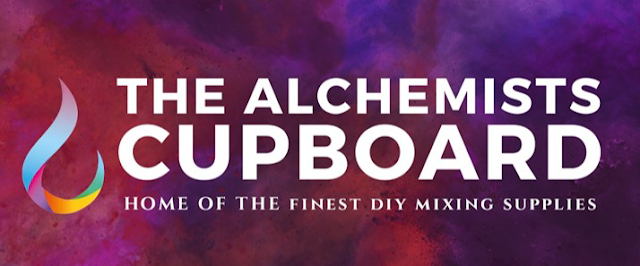The vaping industry seems to be distinguished by a series of trends. Since I’ve been in the industry, I’ve seen the cigalikes craze, the modding scene develop, the advent of pod systems – and then pod mods – as well as the introduction of shortfills and nicotine salts.
The current craze is disposable vapes, but it’s always worth keeping an eye out for new technology that could be the trend of the future.
With that in mind, I was intrigued when we received samples of water-based devices from Innokin. There’s still limited information on them, but here’s what we know so far…
What is water-based E-Liquid Concentrates?
Water-based E-Liquid Concentrates use e-liquid that combines water with the standard VG/PG formulation. At present, the solution available combines 30% water with vegetable glycerine (VG) and propylene glycol (PG), but there are hopes to increase the amount of water in them in the future.
How are water-based E-Liquid Concentrates work?
Essentially just like a normal vape – the e-liquid is heated up and turned into a vapour which the user inhales.
What are the advantages of water-based E-Liquid Concentrates?
In e-liquids PG can create a harsher hit at the back of the throat, while VG carries a sweet taste that can impact the flavour of vapour. (See VG v. PG for more information.) Manufacturers claim that a water-based formulation delivers a purer taste. Testing samples at head office, we’ve certainly found that the taste is excellent – very clean and much smoother than standard e-liquids.
There may also be other advantages. Propylene glycol can have a drying effect, leaving you thirsty or with a dry throat – by including water, this effect should be reduced. Some people can also be sensitive to PG, and a reduced PG concentration should make vaping more accessible to these people.
What are the disadvantages of water-based vaping?
One disadvantage we found is that the device’s battery life was quite short on the early samples we tried. This is surprising, given that the heating point of the e-liquid is low, and could be down to an over compensation for the extra efficiency the device is expected to bring.
Shelf life may also be reduced. Michael Lovedale, who helped develop the technology in its early stages, told me that water speeds up the oxidation of flavour ingredients and nicotine, resulting in that darker e-liquid colour that some users find off-putting. It may also slightly impact the flavour, although careful flavour formulation can offset that.
Finally, many vapers appreciate the dense vapour produced by regular vape devices & e-liquid. Water-based vaping produces less vapour than standard devices. Still, I don’t see this as a major issue – water-based devices simply add another option for vapers who prioritise a smoother, purer taste over vapour.
Is water-based vaping safe?
The standard e-liquid formulation used in MTL vape devices has been through thousands of tests and hundreds of studies. While not perfect, they are orders of magnitude safer than smoking.
As with other devices, water-based devices do have to go through emissions testing and then be submitted to the MHRA. This should mean that, when it comes to what we test for in routine emissions testing, water-based vape devices are at least as safe as their standard counterparts.
I have heard concerns that water-based vape devices could have a greater potential to harbour bacteria. A 2021 paper by COEHAR has shown that the propylene glycol and vegetable glycerine in e-liquid can has anti-bacterial effects. By diluting the solution, theoretically, you could increase the chance of bacteria in the devices.
However, Michael Lovedale states that as long as PG is kept to a minimum of 30% its antibacterial properties remain in place. This seems to be reinforced by a 1991 paper by Kinnun and Koskela which found that a 30% PG solution was sufficient to kill a number of strains of bacteria including Streptococcus mitis and E. coli. At solutions of 25% and above PG is biostatic, which means it inhibits the growth and multiplication of microorganisms.
Michael also pointed out that ingredients such as nicotine and sour flavours can also increase antibacterial properties. The study by COEHAR also found some flavours could significantly increase anti-bacterial properties. A number of studies have also highlighted the antibacterial effect of nicotine. For example, in a 2000 study Pavia, Pierre and Nowakowski stated that “nicotine have (sic) a clear antibiotic effect on bacteria and fungi.”
What water-based vaping brands are there?
AQUIOS labs claim to be the only company developing the technology. Innokin have worked with AQUIOS to develop the first IOTA range of water-based vapes. These have the additional benefit of being recyclable.
According to an Innokin brand manager these devices contain 30% PG, 30% VG, 30% water and 10% flavourings. However, there are plans to increase the water content further in the future.
Wrapping up
It’s always impossible to know what the next vaping trend is – or when it will take off. (For comparison, disposable devices have been around for over a decade, but only recently became a trend.) Still, water-based vaping devices do offer a great taste – and are certainly worth keeping an eye on.

Comments
Post a Comment